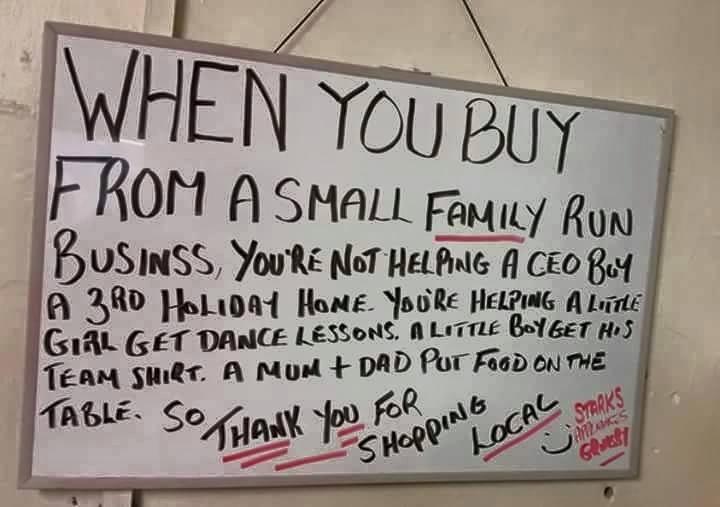I am once again about to talk at a conference about Twitter. Â In this instance, I am asked to sit on a panel and discuss Twitter in the context of “Social Media an Exploration of its impact on Both the IMC [1. integrated marketing communication] and Consumer Behavior.” Wow. Â We have seen a lot of ways for all of this, but I have been trying to work the vast wisdom and collective experience of Twitter into a few concise words. (I will also be including my thoughts from my blog post on “Context and Content” Please, read and share your feedback.
========================
Twitter has proven itself to be an amazingly useful tool. Remarkable considering it was only introduced at SXSW in 2007. We have seen Twitter move from a discussion about “what I had for lunch”, into a tool used by people daily to find topics of interest to them usually because their friends view them to be interesting as well. And recently-well, we have seen Twitter used as a tool for social and political change.
This is what’s most interesting about twitter. Twitter is not one thing. It’s not even a couple of things. Twitter is an amorphic tool, that is shaped by the way each and every user will use that tool. Individuals use twitter to share information or thoughts for the day.  Corporations use twitter to monitor what people are saying about their product and in the case of Comcast stepping in and fixing problems customers are having. Some corporations are even using twitter as a marketing tool offering free products through drawings.  Many even blend twitter with face book to create a more socially aware, new media presence.
Herein lies the challenge: there is no quote user end quote of twitter. There is no specific use case of twitter. Where many predicted the death of twitter once britney spears and Ashton kutcher arrived we have seen twitter continue to thrive and grow. What these doomsayers failed to understand is that while the arrival of these celebreties to Twitter may have removed them from the “most followed” ranks of Twitter, people were not forced to follow these people.
The magic of twitter is that we choose the people we follow. We can even block the people we wish to have not follow us (sort of). We create our own tribes as Seth Godin would say. I personally have several tribes if you will that I view as my friends, or people I follow, on Twitter.
Here are my tribes:
- Educators
- Real people who use technology
- Supply chain people
- Family and friends
- People who discuss politics (on all sides of an issue)
So what lessons can we take from this as marketing people looking at twitter? I think you can walk away from twitter knowing that everyone there are seeks information that is of value to them. Not everyone uses twitter in the same way, but everyone is there to gain value for themselves. For some the value comes in being able to share information they have, while for others the value is simply seeing what people they respect are thinking on specific topics. These range from political viewpoints, to the latest cool tech application, to experiences as a diabetic or even sharing a favorite restaurant. We need to find the value that we provide to those who want to follow us. What would make someone want to follow me on twitter, and how can I deliver that to them?
So as we step forward I suggest we keep in mind my following “main points of twitter”:
- People follow you on twitter-so while it is transmit not everyone will receive
- People follow you because you do or say something of interest. Â Stay on topic!
- Provide value in your tweets. Give information, insights, links, or all of the above.
- The twitter stream is just that-and it flows past people. Don’t expect them to see everything you say
- You can reach people that are not following you when engaging in popular topics. Watch the hash tags.
- Don’t hijack a hash tag! Be relevant.


One use case that has impressed me immensely just popped on my radar in the last few weeks: DVR killer.
So, I’m a big fan of the TV show Survivor (no…I’m not ashamed to admit this), but was never a big fan of the time slot. It used to be on Thursday nights during NBC’s fantastic comedy block so I would end up DVR’ing it and watching it later in the evening. Last season it moved to Wednesdays, which sounded great, but then I didn’t feel like having more than one night of TV watching (rather just get it all done on Thursdays…I don’t watch any other shows), so I would DVR it and watch it on Thursday nights. Since it’s not quite as popular as some other current shows (unlike American Idol, Jersey Shore, The Office, etc) I don’t have to worry about spoilers.
Well, three weeks ago, the host, Jeff Probst (@JeffProbst) decided he was going to live tweet during the show, answering people’s questions, building up story lines, etc. Since then, I’ve been watching live with Twitter in front of me and it’s been fantastic. It’s like a virtual living room/watch party. He’s even been doing it twice a night, for those on the West Coast. This week, CBS even started promoting it at the beginning of the show, saying “Join Jeff Probst on Twitter during the show and join the virtual living room. Hash tag #Survivor.” Impressive incentive to watch live.
I also find myself popping open Twitter during PSU sporting events and following several related hash tags while the event goes on. It just makes the media experience a bit more enriching when you can join in on a real-time conversation about it. Though, it definitely can be dizzying watching the streams fly.